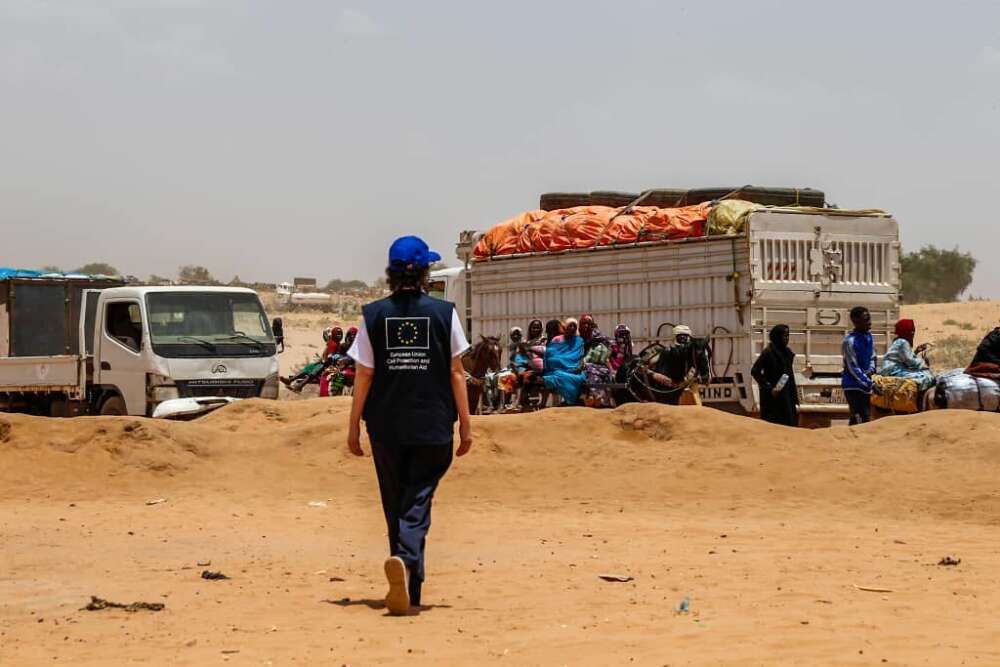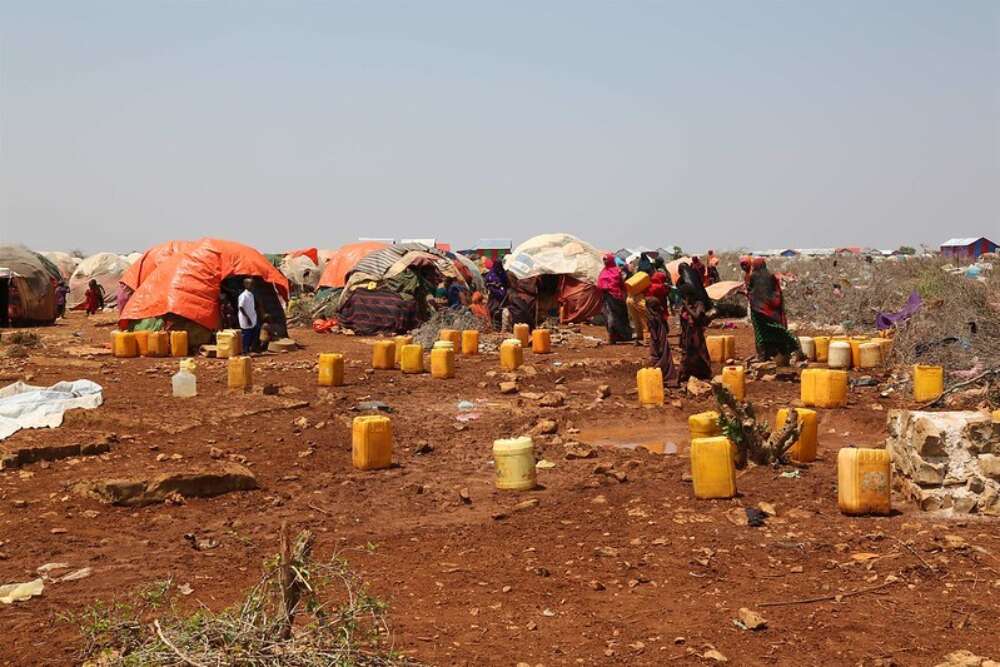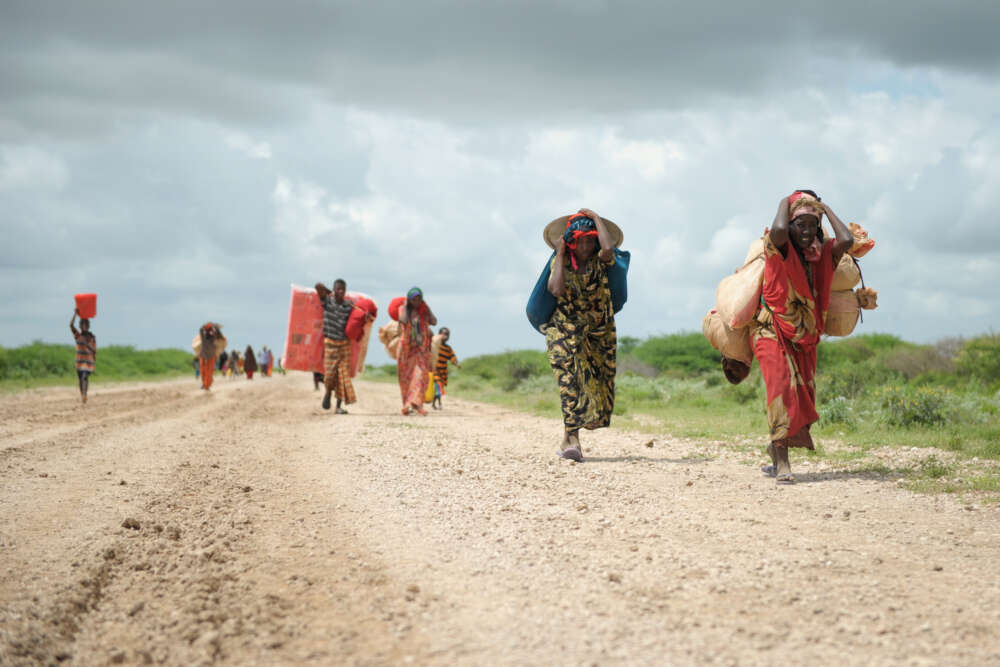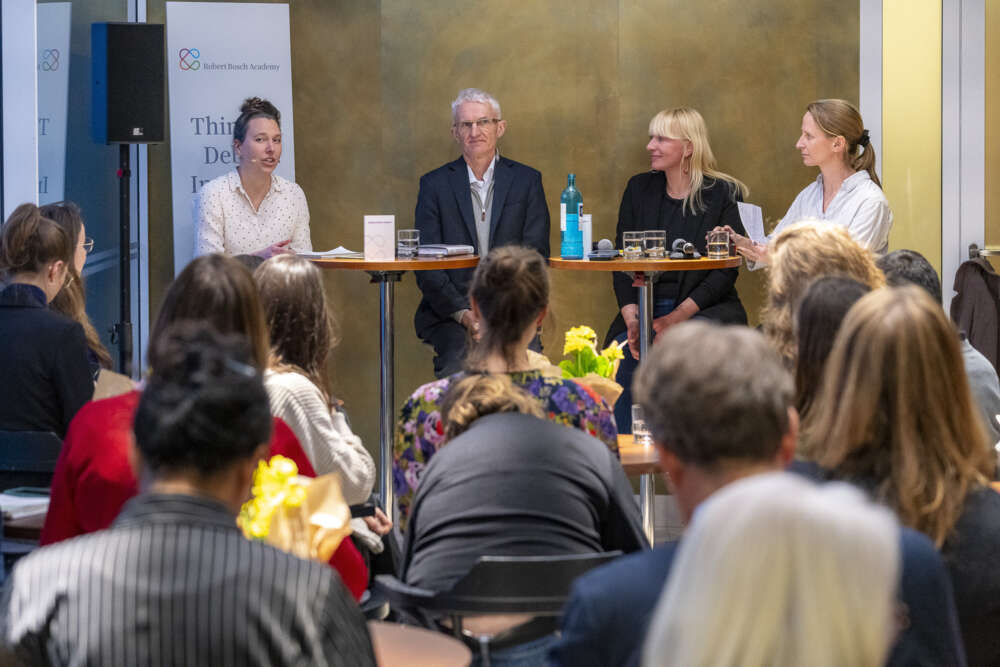UNHCR’s Engagement in Humanitarian-Development Cooperation: Think Piece

This Think Piece is part of an ongoing learning and strategic evaluation exploring UNHCR’s engagement in humanitarian-development cooperation. The evaluation began in 2018 and will conclude in 2021. It investigates the scope of cooperation, the factors and measures influencing cooperation, and the effects on persons of concern, UNHCR, and its partners.
Scope of Cooperation
Evidence, collected primarily through four country case studies, suggests that UNHCR has considerably increased its engagement in humanitarian-development cooperation. Not only is there a shift in mindset, with UNHCR staff across hierarchies and locations buying into the agenda – there are also diverse examples of practice. With host governments defining how much space there is for cooperation, UNHCR mainly engages in humanitarian-development cooperation in four ways: by providing different kinds of support to development actors in order to catalyze their engagement on forced displacement (type 1); by leveraging the influence of development actors for advocacy on host government policies (type 2); by gradually linking services to national or local systems (type 3); and by mobilizing development resources to expand UNHCR’s work on self-reliance (type 4).
While existing practice in the case-study countries shows diverse engagement across these types, the predominant narrative within UNHCR centers on being a “facilitator” and a “catalyst” for other actors. Accordingly, organizational investments have also focused on UNHCR’s role as a catalyst and facilitator. There are, however, examples of important other forms of cooperation and widespread perceptions that additional opportunities for cooperation exist, particularly with regard to linking services to national systems. Opinions are diverging on whether UNHCR should seek funds from development actors to increasingly deliver on self-reliance itself.
In its role as a catalyst, UNHCR is not always able to meet the demands of development actors – for instance, for data and operational protection advice. In particular, UNHCR should continue its efforts to expand its collection and analysis of data on the socioeconomic situations of refugees and provide more practical advice on how to integrate protection into programming.
Effects of Cooperation
The effects of this increasing engagement are still emerging. In the vast majority of cases, the evidence is positive – not only for refugees and other people of concern, but also for UNHCR and its partners. Successful cases regarding advocacy cooperation, for example the new Ethiopian Refugee Proclamation, are expected to have positive effects on the protection of refugees and on their socio-economic situations. Cooperation with development actors to link refugee services with local systems is possible across a broad spectrum of activities, ranging from aligning standards to building capacity and transferring services to public providers. Service integration appears to reduce the cost of providing services, despite existing concerns that it may lead to a decline in service quality and reliability. When it comes to expanding work on self-reliance with funds from development actors, the evaluation found only a small number of programs which, however, have high visibility within UNHCR as well as among its partners and host governments.
Despite these indications of positive effects, current experience also suggests that the potential of UNHCR’s engagement in humanitarian-development cooperation is less transformational than may have been expected. First, UNHCR’s leverage in influencing the strategic orientation of key development actors towards forced displacement may be limited or dependent on the broader operational and policy context. Second, even where development actors engage, refugees and other persons of concern will require continued operational support from UNHCR for many areas. Thus, in cases in which service integration has been achieved, handing over implementation to development actors has not meant handing over financial responsibilities. Third, some of UNHCR’s internal obstacles to maximizing cooperation with development actors are difficult to address and/or entail trade-offs. In particular, this concerns the internal system for allocating resources as well as the effects of short planning cycles on effective alignment with longer-term planning processes. Finally, there are open questions as to the level of advocacy commitment of international development actors, as well as on whether their early engagement represents a fundamental shift in their ways of working.
Recommendations
As a protection and solutions agency, UNHCR has invested significantly over recent years in its ability to cooperate with development actors. Many of these investments — for example in data and analysis, as well as development expertise among staff — have focused on UNHCR’s role as a catalyst. Evidence collected to date suggests that further adaptations, which would also support other types of cooperation, may be necessary. These include, among others:
- Strengthen UNHCR’s capacity to provide data on the socioeconomic and de facto protection situation of refugees. This would also enable UNHCR to contribute to monitoring the impacts of government policy changes and of the potential increase in activities by development actors;
- Clarify the spectrum of activities in service integration in various sectors and define multi-year objectives for service integration in important countries of operation;
- Adopt a more relevant operational approach to multi-year planning and budgeting;
- Encourage a debate to arrive at a more explicit institutional position on acceptable quality standards when integrating refugee services with national or local systems;
- Engage in joint debates on how a given refugee-response architecture could be transitioned to government-owned fundraising frameworks based on national development plans;
- Clarify UNHCR’s unwritten position on not expanding support for further components of self-reliance programs with dedicated funding from development actors, in particular where UNHCR would fill important gaps or contribute to interim and transitional measures.







